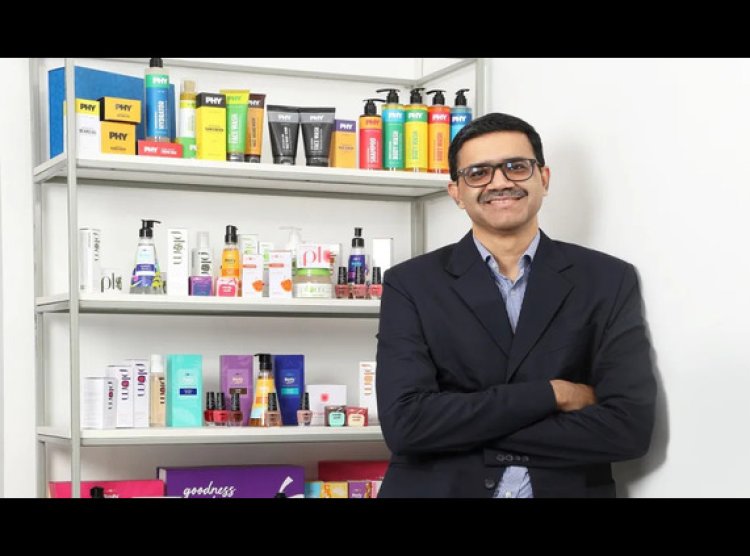Plum Celebrates 10 Years of Clean Beauty Innovation and Growth
Celebrating ten years, Plum amplifies its digital ad spend, focuses on socio-economic segmentation, and expands its offline presence while staying true to clean beauty principles

Plum, a direct-to-consumer (D2C) beauty and personal care brand, celebrated its 10th anniversary in July 2024. From its inception, Plum committed to being a clean brand, avoiding animal ingredients and animal testing.
In the competitive landscape of the Indian beauty and personal care market, effective brand positioning is crucial. According to Statista, this market is expected to generate revenue of Rs 3,150 crore in 2024, with an annual growth rate of 3% until 2028. Plum faces competition from both other D2C brands like Mamaearth, MyGlamm, and WOW Skincare, and established players such as Nivea and Lakme.
Technological advancements, a supportive entrepreneurial environment, and improved supply chain logistics have lowered entry barriers in this market compared to a decade ago. This raises the question of whether brand positioning is more necessary than ever or if it has become obsolete. Shankar Prasad, Plum's founder, believes that differentiation spaces are narrower now, making brand positioning more important than ever.
Prasad reflected on the early days of Plum when advertising on television seemed like a dream. Today, most D2C brands, including Plum, prioritize digital advertising due to its affordability and targeted approach. GroupM’s TYNY report indicated that digital advertising will lead India's Rs 1,55,386 crore ad spend in 2024, capturing 57% of the share, while television will hold 29%. Despite being able to afford television advertising, Plum focuses on digital platforms for better ROI, with connected TV as an alternative to reach urban audiences.
Plum plans to increase its ad spending by 60%-70% in the second half of the year for the festival season starting in August. The brand will channel more capital into online marketplaces like Amazon, Flipkart, and Nykaa, where significant sales activity occurs.
Although Plum started as an online-first brand, it has expanded its offline presence since opening its first store in 2021. It now operates in over 300 cities with 36 exclusive outlets, around 1,500 assisted outlets, and over 10,000 unassisted outlets including pharmacies and supermarkets. Prasad noted that two-thirds of Plum’s sales come from online channels, with one-third from offline.
With affordable data plans and smartphones, Plum's consumer base has spread beyond India's top cities to Tier II and III regions. Prasad highlighted that socio-economic, psychographic, and behavioral segmentation will become increasingly important, rather than geographical segmentation. He emphasized the need to leverage physical distribution in these regions carefully, given that the brand’s online reach is stronger.
Regarding quick commerce (q-comm), Prasad mentioned that while metros have embraced it, adoption in Tier II and III cities is slower due to the uneven availability of dark stores. Most of Plum's physical stores are located in shopping malls, targeting the desired consumer demographic and offering rental efficiency.
Plum also caters to men through its PHY line, which focuses on products like gels, deodorants, and fragrances that provide instant gratification. Prasad explained that men are generally more interested in the benefits of products than their ingredients, unlike women. The future of PHY will focus on addressing the confidence needs of men in their daily personal care routines.
As Plum continues to grow and adapt in a dynamic market, it remains committed to its core values of clean beauty and strategic brand positioning.

 Sumit Rawat
Sumit Rawat 










